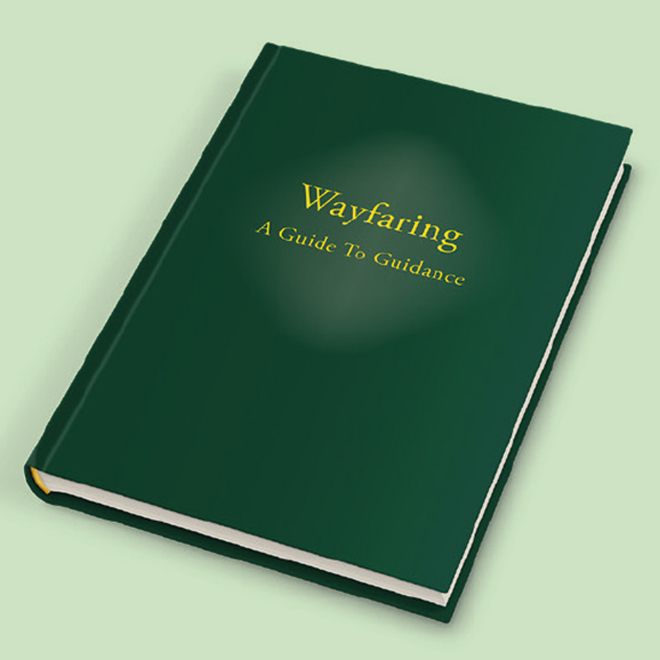Phlogiston theory sought to understand what happened during burning. Photo: PROMarkus Grossalber / flickr CC.
Phlogiston and stuff
Geoff Pilliner reflects on theories, theology and theism
My first few chemistry lessons were about the phlogiston theory. It was a theory proposed in 1667 that sought to understand what happened during burning. The theory suggested that something – phlogiston – escaped during the burning process, leaving a dephlogisticated residue, the ash, behind. Things that burned well, such as wood and coal, contained a lot of phlogiston, and things that did not burn, such as copper and iron, had no phlogiston in them. It was a reasonable explanation of what was then known. It was ultimately found (amongst other things) that when magnesium (discovered in 1755) burns, the residue is heavier than the original metal, and when oxygen was discovered in 1774 it provided the alternative explanation of combustion that we accept today.
